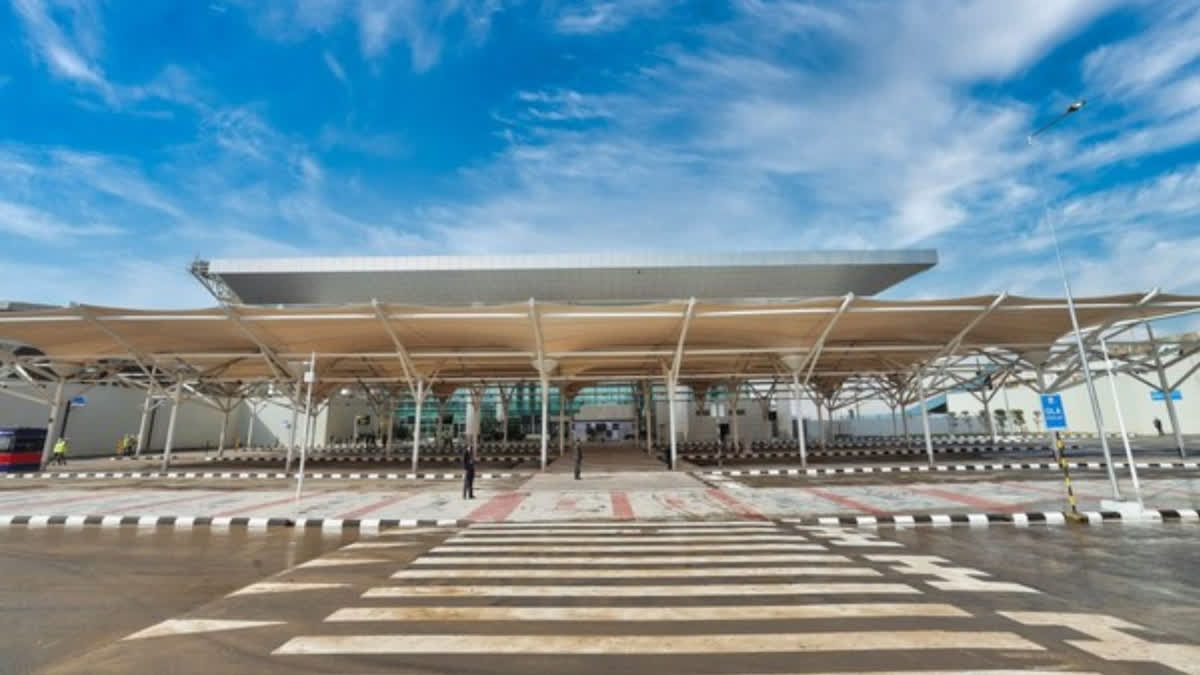New Delhi : Airlines are likely to save around Rs 150-180 crore annually by using the Delhi airport's Eastern Cross Taxiways that help reduce taxiing time as well as fuel consumption by aircraft, according to a top official. The Indira Gandhi International Airport (IGIA) in the national capital, operated by DIAL (Delhi International Airport Ltd), handles up to 1,500 aircraft movements daily.
In a recent interview, DIAL CEO Videh Kumar Jaipuriar said assuming 10-15 per cent of aircraft use the Eastern Cross Taxiways (ECT), it is expected that there would be saving of around 55,000 tonnes of carbon dioxide. There can be savings of Rs 150 to Rs 180 crore for airlines by using the ECT, he said.
The ECT, which is 2.1 km long and can accommodate wide-body aircraft, will reduce the time spent on the tarmac by passengers after landing and before take-off of their flights. It was inaugurated on July 14. Citing various calculations, Jaipuriar said DIAL has made an estimation of how many aircraft will be using the ECT and how much of travel time will be reduced.
"Each litre of ATF produces 2.5-3 kg of carbon dioxide. If we are talking about saving 55,000 tonnes of carbon dioxide, you divide it by 3 and that basically means around 18,000 tonnes of ATF." "Each tonne of ATF costs Rs 1 lakh and it is Rs 100 per litre... savings for airlines because of lower taxiing time is expected to be around Rs 150-180 crore," he said.
